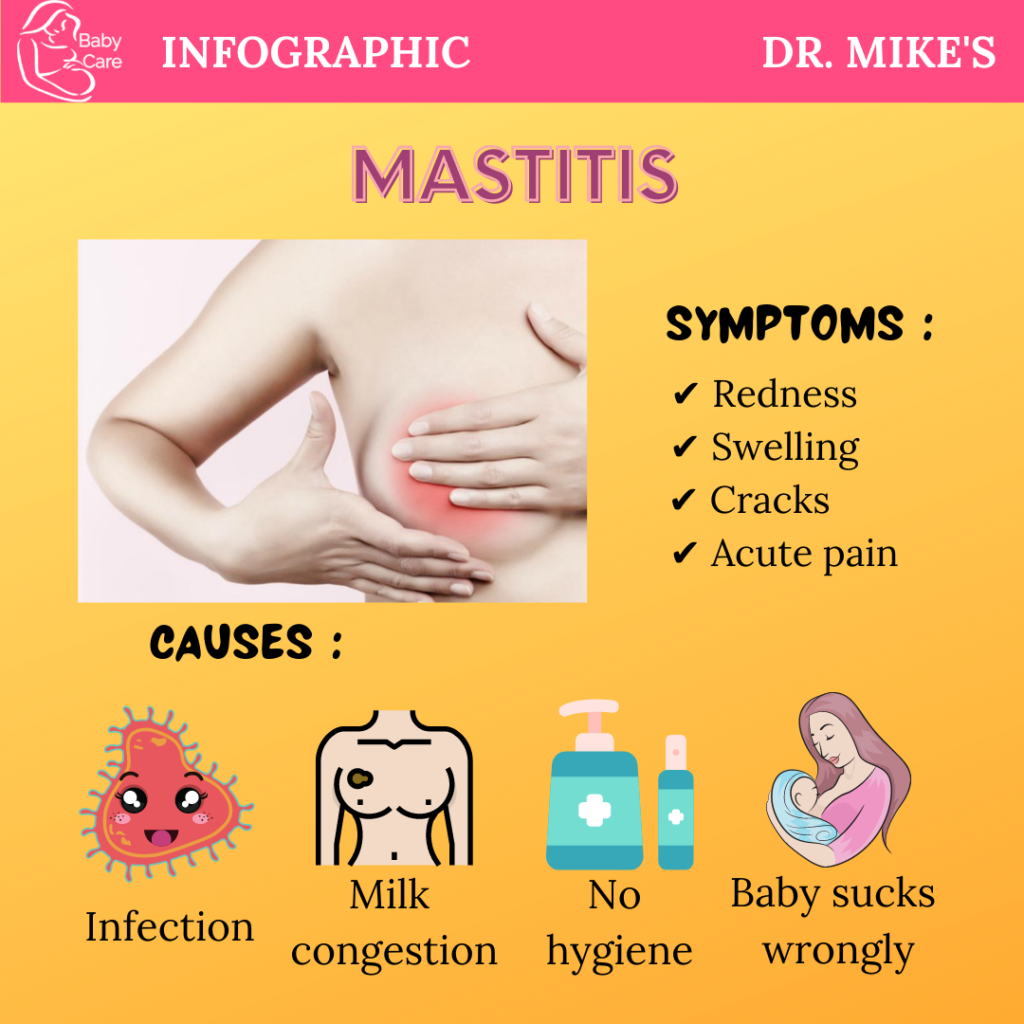It Does Not Have To Hurt: Common Breastfeeding Challenges And How To Overcome Them
Share

Breast milk is essential to a baby’s health and survival. It is safe, clean, and a source of energy and nutrients containing antibodies, which help protect against many common childhood illnesses within the first two years of life. In the past two decades, World Health Organization statistics have been staggering. Research states that mothers do not exclusively breastfeed nearly 2 of 3 infants for the recommended six months and that a whopping 3 in 5 babies are not breastfed at all, contributing to infant mortality.
For new mothers, breastfeeding is a roller coaster of trials and triumphs. During the first few days and weeks, some challenges will prove difficult to overcome; however, we can conquer those obstacles with enough time, patience, information, and support. In honour of International Breastfeeding Week, we have compiled some common breastfeeding challenges and recommended solutions.

Common Breastfeeding Challenges
Engorgement

- The breast may feel hard, lumpy, tight, and shiny.
- The mother might have a slight fever.
- Nipples may appear flat.
- Milk may not flow due to pressure on the milk duct.
Recommended Solutions for Engorgement:
- To prevent or ease engorgement, the mother may apply a warm compress onto the breast to help stimulate milk flow.
- Hand express in between feeds and after feeds.
- Start breastfeeding immediately after birth.
- Pain-relief medication.
Full Breasts
- A drastic increase in milk supply flowing into the breast might make it uncomfortable to move around or even sleep.
- Breasts may feel heavier, firmer, and fuller.
Recommended Solution for Full Breasts:
- The mother can hand express to soften the areola, feed the baby on demand, or hand express in a storage container if the baby is full.
Infections
- Infections are common for breastfeeding mothers, especially if they are on medication or regimen.
- Fungal or bacterial infections can cause blisters on your nipples or scabs, flaking, an itchy rash, or pain during and after feeds.
Recommended Solutions for Infections:
- For fungal infections, the mother and her baby require treatment to clear the infection.
- Express and dispose of milk to maintain production.
- The baby should feed only from the unaffected breast. Contact your care provider.
Mastitis

- Mastitis may be because of inflammation or bacterial infection.
- Swelling or thickening of breast tissue (resulting in it being pea-shaped).
- Angry-red pimple or hard, painful lump. The mother may have body aches or fever.
Recommended Solutions for Mastitis:
- The mother should avoid deep massages.
- Use a cool compress on the breast after feeds to reduce swelling.
- Avoid topical creams.
- Feed on the normal breast to regulate the flow and feed on the affected side once the milk starts flowing.
There is great power and responsibility in birthing the next generation of innovators and providing them with essential nutrition. Nutrition that will secure their survival and health while boosting their brain matter by up to 20-30%, strengthening brain function and performance. Let’s not take the healthy mom-healthy baby dynamic for granted to foster much-needed healthy habits with your new broke best friend.





